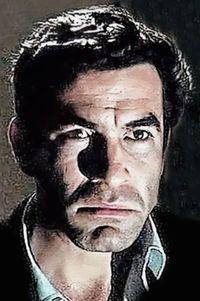Milo Quesada, a renowned actor, made his entry into the world on April 16, 1930, in the vibrant city of Buenos Aires, Argentina.

Milo Quesada
Deceased · Born: Apr 16, 1930 · Died: Dec 12, 2012

Deceased · Born: Apr 16, 1930 · Died: Dec 12, 2012
Milo Quesada, a renowned actor, made his entry into the world on April 16, 1930, in the vibrant city of Buenos Aires, Argentina.
Career











